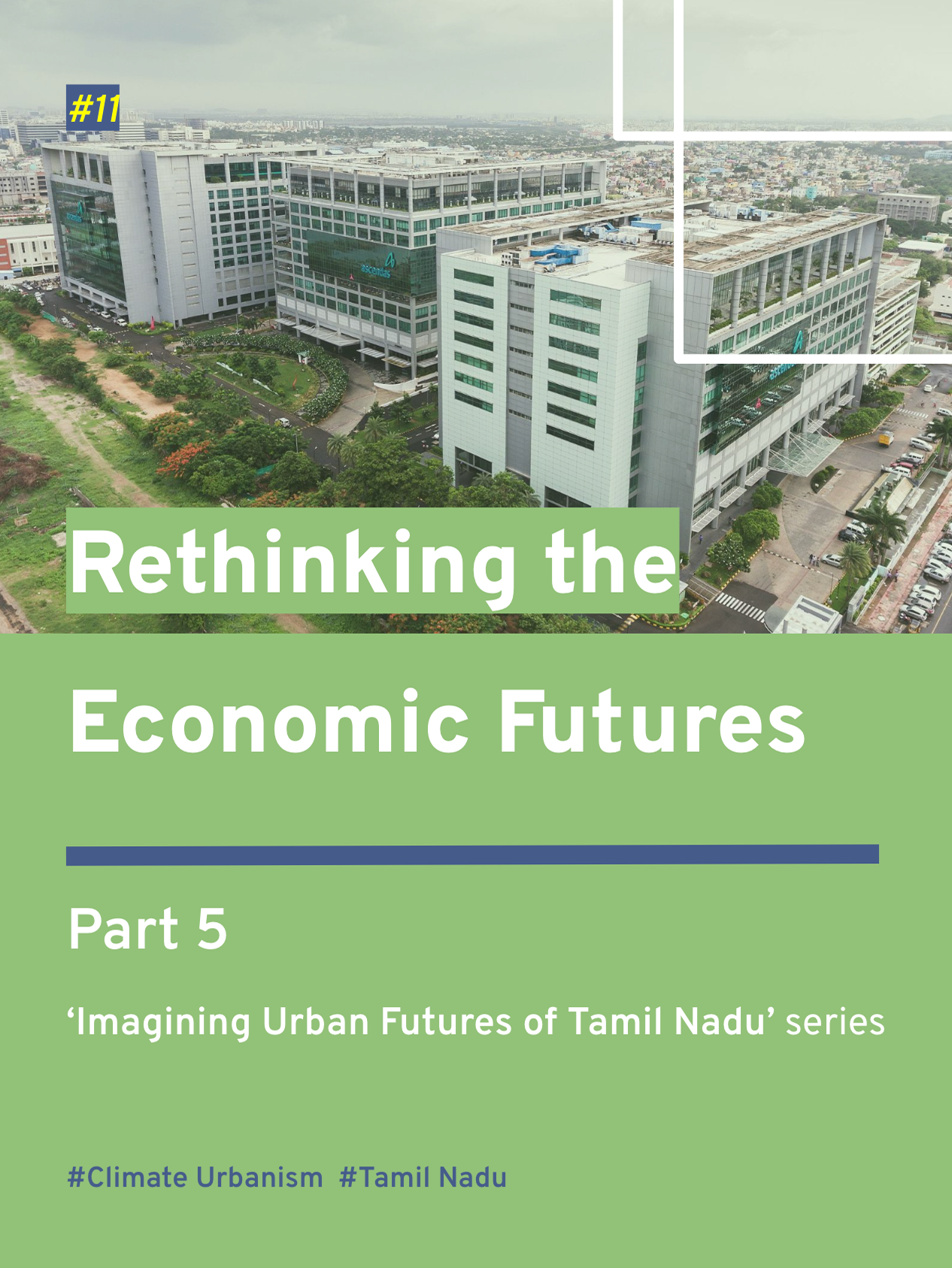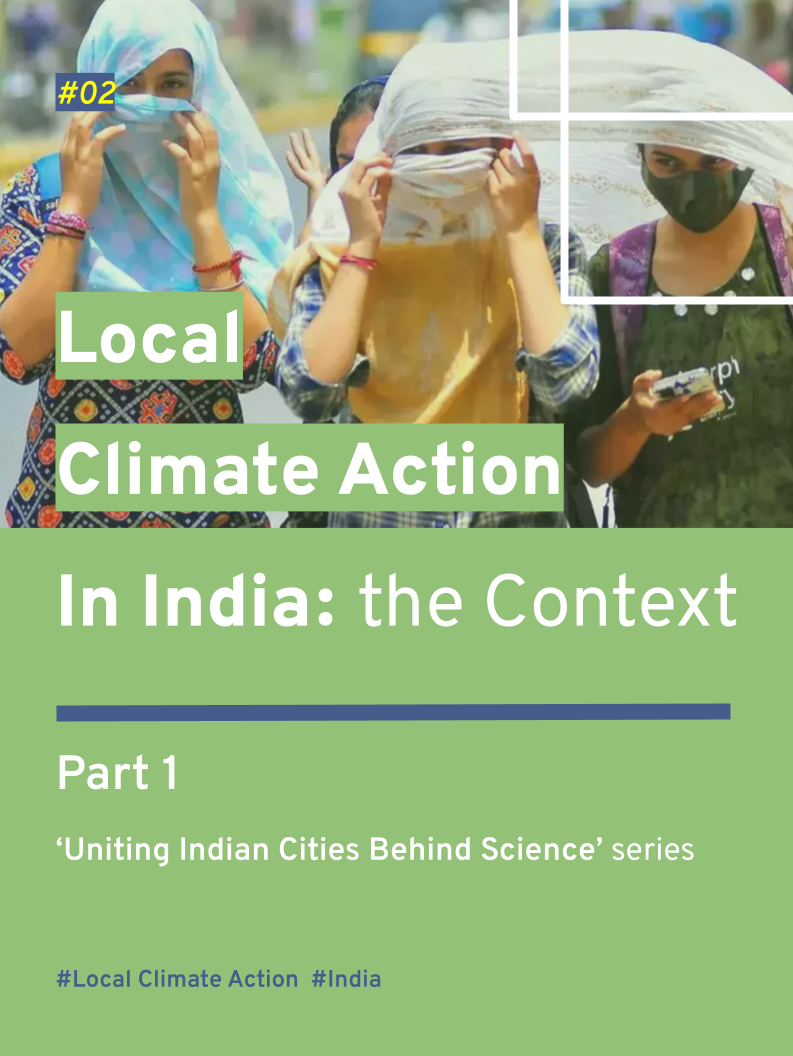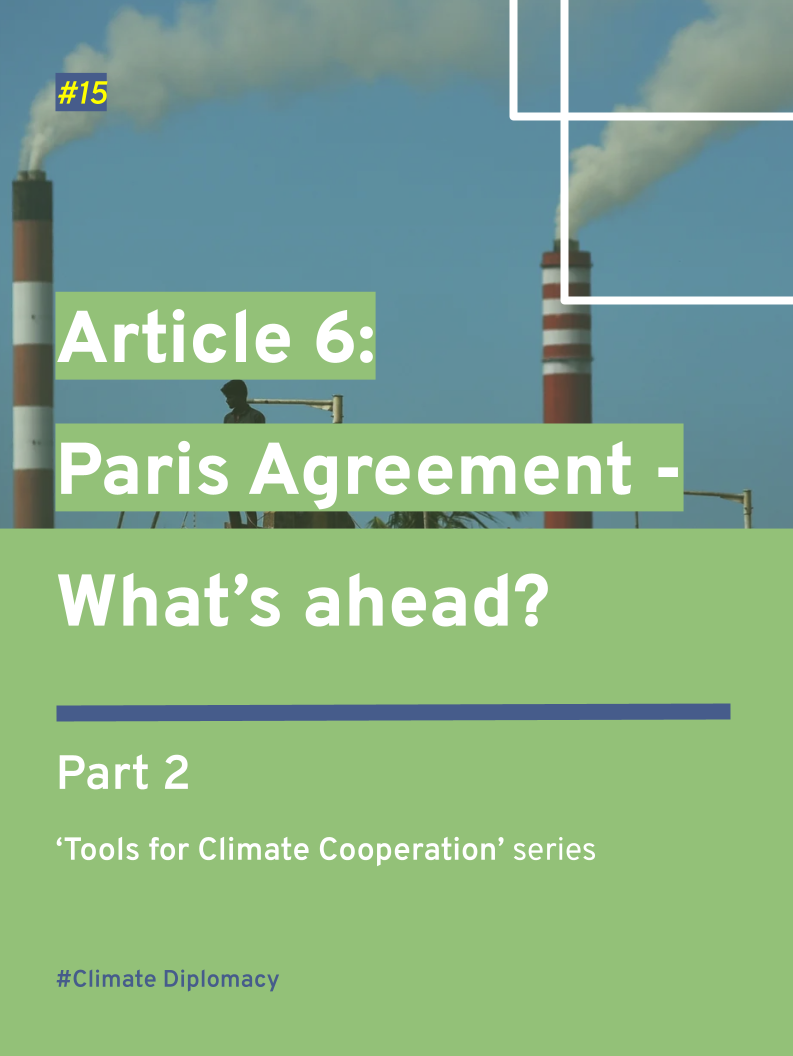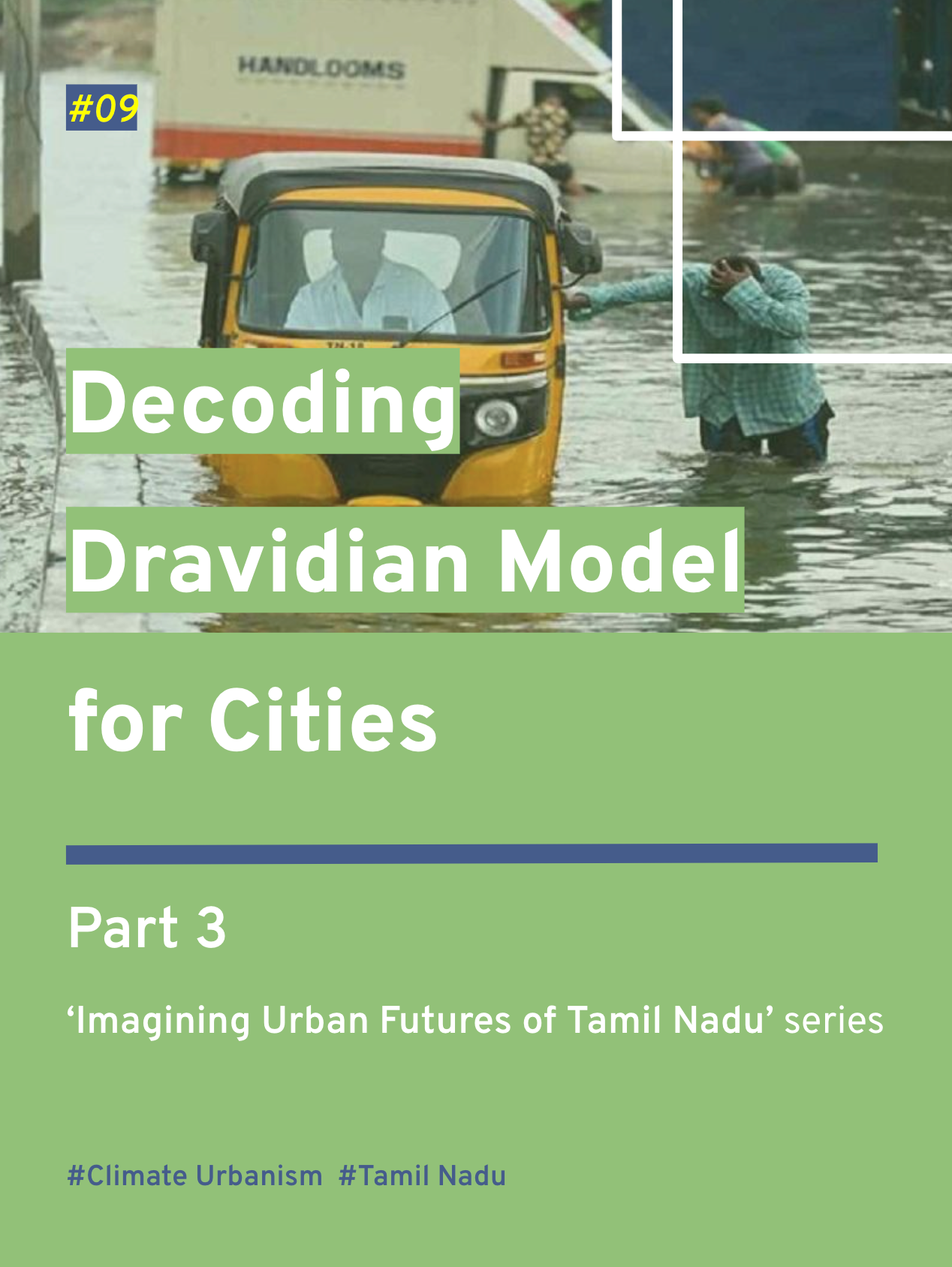Part 1 of ‘City and Cinema’ series
View of Mumbai with the slums in the foreground and the skyscrapers behind (Source: Unknown)
I recently had the chance to watch the trailer for 'Mumbaikar', a Bollywood movie released in 2023, which is a remake of the critically acclaimed Tamil film 'Maanagaram (2017)'. As a big fan of 'Maanagaram' as a movie and a hyperlinked story that captured the social nuances that make Chennai a metropolitan city through diverse characters, I couldn’t accept the possibility of placing the same story in a different urbanscape, Mumbai (previously called Bombay).
Why do creators do this? Why? Is Mumbai out of stories to tell, and we are forced to borrow from other cities? Or are the stories of metropolitan cities so generic today that the creators think the same plot could be placed in any comparable context? These questions make me wonder if this cinematic remake approach is equivalent to a 21st-century architect’s urge to place a glass building on any plot.
Anyway, leaving aside my disappointment in the 'Mumbaikar’s' trailer, I took this as a nudge to revisit an essay I wrote five years ago on movies set in Mumbai and make it a 2-part blog series. This is Part 1, which sets the premise.
Popular Indian cinema is an evolving, hybrid art form that narrates the complicated intersections of tradition and modernity and rural and urban through the juxtapositions of cultural peculiarities and personal emotions. It records, articulates, interprets, and reflects the landscapes of our cities from heterogeneous perspectives by projecting cityscapes as screenscapes. This piece explores how Mumbai, as an Indian city, has been involved as a muse and a stage in movies that reconnect history, transformations, politics, and the socio-economic nexus that fuels the engines of urban life.
“We live in a box of space and time. Movies are windows in its walls. They allow us to enter other minds, not simply in the sense of identifying with the characters, although that is an important part of it, but by seeing the world as another person sees it.”
- Roger Joseph Ebert, American film critic
Unboxing space and time:
The city we see on screen is not the city we see in real, at least need not be. The journey for transcending any thought or detail from cityscape to screenscape moves through the phases of perception, imagination, conception, and reflection - with space and time as only anchors. The process of perception being the first trigger, the values added through the next three phases are the real plot makers.
This blog brings together four movies set across four decades, placed within varied socio-political scenarios, and takes a strong reflection and imagery on 'city of Mumbai' to decipher the layers that built those representations and discern the subjectivities that have crafted them.
Salaam Bombay(1988), Mira Nair | Bombay (1995), Mani Ratnam | Slumdog millionaire (2008), Danny Boyle | The Lunch box (2013), Ritesh Batra
The imagined city:
The imagined city of cinema is born at the juncture of the lead character’s mental, physical, and social spaces. Undoubtedly, the city itself could play the lead character, and there we get access to what Charles Baudelaire exclaimed as “the transient, the fleeting, the contingent” that shapes the rhythm and movement of contemporary city life. Every movie is a unique portrayal of the imagined city.
Mira Nair’s 'Salaam Bombay (1988)' is a film based on the children of the streets in Mumbai, set in a time that faced a rapid increase in slums, homelessness, prostitution, the drug market, and informal and illegal economic activities. 'Salaam Bombay’s' imagined city rekindles the meaning of the city through the colours of CLASS in an urban setting.
The plot of 'Bombay (1995)' captures the contrasting landscapes of rural southern Tirunelveli in Tamil Nadu and metropolitan Bombay. The plot is based on a series of events from December 1992 to January 1993 regarding the controversy surrounding the demolition of Babri Masjid, Uttar Pradesh. The religious tension that left Bombay in turmoil as the crux of the imagined city is skinned in RELIGION.
'Slumdog Millionaire (2008)', a loose adaptation of the novel Q&A authored by Vikas Swarup, narrates the story of a teenage boy from Dharavi—a residential area in Mumbai, regarded as the biggest slum in India—who participates in the television game show ‘Kaun Banega Crorepati (KBC)', a Hindi adaptation of the Who Wants to Be a Millionaire? franchise. Set in the early 21st century, when the slums have taken deep roots and become an unavoidable part of Mumbai, the gap in DREAMs and DEVELOPMENT builds the imagined city.
'The Lunch Box (2013)', written and directed by Ritesh Batra, is an epistolary romantic movie centred on the famous dabbawalas (the lunch box distribution system) of Bombay. It picks up an intricate window of city life with two simple characters. The imagined city is packed and delivered in dhabas (lunch boxes) and bogies (suburban trains)—the modern infrastructural LIFELINE of Mumbai.
Strip of Imagined Cities
Click here to read Part 2 which discusses the cinematic space of these four movies in detail and deciphers the symbols of Mumbai.
Have questions, thoughts, or feedback? Write to nagendran.bala.m@gmail.com.
This piece was originally published as an essay in 'City Observer Vol 6: Issue 2, a biannual journal on cities, published by the Urban Design Collective.'
Reference:
Bombay cinema – an archive of the city, Ranjani Mazumdar (2007)
The Cinematic city, David Clarke
Cinema and invention of modern life, Giuliana Bruno and Leo Charney (1993)









